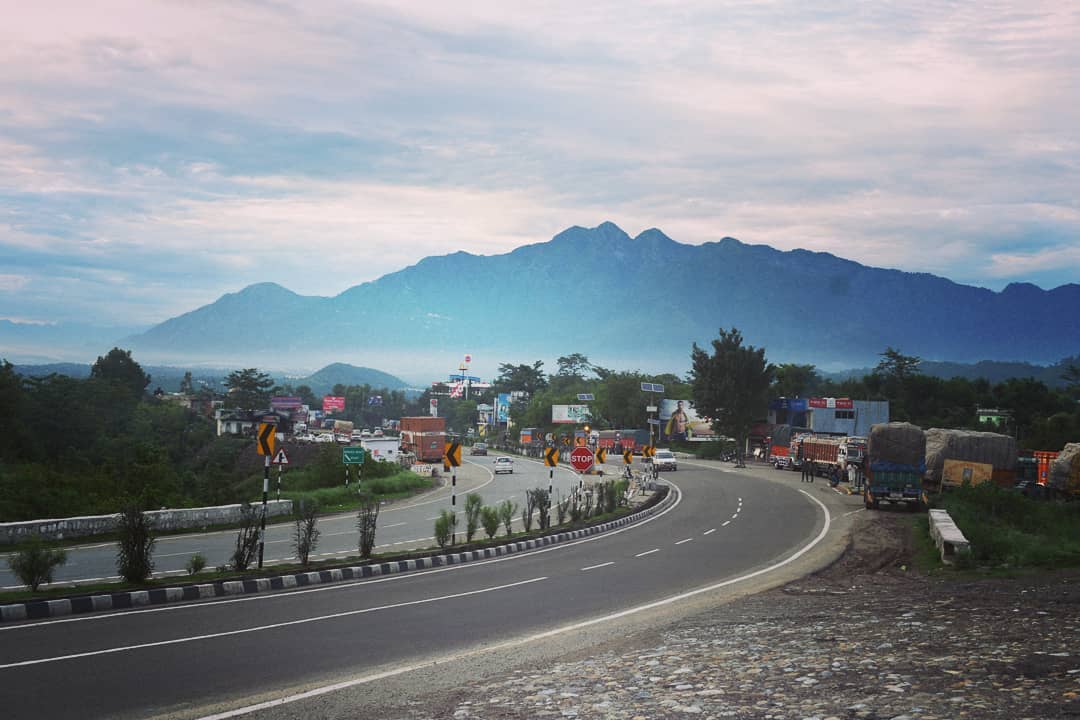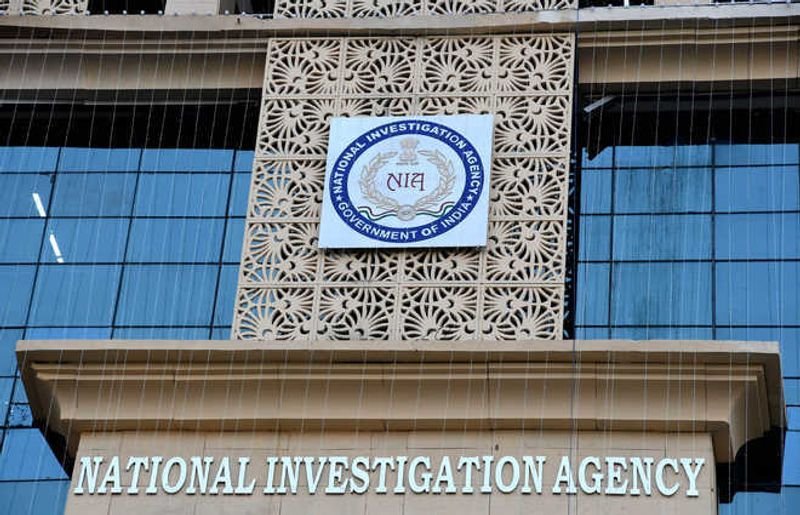Wetlands are nature’s kidneys, cleansing the environment and supporting biodiversity. In Jammu and Kashmir, five internationally recognized wetlands in Jammu and Kashmir—Shallabugh, Hygam, Surinsar-Mansar, Hokersar, and Wular Lake—serve as ecological treasures. These wetlands, protected under the Ramsar Convention, are essential for the region’s environment, wildlife, and tourism. Let’s dive deeper into their unique characteristics and significance.
1. Shallabugh Wetland: A Haven for Migratory Birds
Located in the Ganderbal district, Shallabugh Wetland spans 16 square kilometers. Positioned near the Sindh River’s delta, this marshland forms an ideal semi-aquatic ecosystem. Its reed beds and floating aquatic plants provide a safe haven for 21 significant resident and migratory bird species.
Key Highlights:
- Biodiversity Hotspot: Home to vulnerable species like the Eastern Imperial Eagle, Yellow-Eyed Pigeon, and Wood Snipe. Extinct species like the Steppe Eagle and Pallas’ Fish Eagle have also been spotted here.
- Ecological Role: The wetland supports a balanced ecosystem, essential for maintaining biodiversity.
2. Hygam Wetland: A Birdwatcher’s Paradise
Situated 40 kilometers from Srinagar in Baramulla district, Hygam Wetland lies on the floodplains of the Jhelum River. Recognized as an Important Bird Area (IBA), it is a key stopover on the Central Asian Flyway.
Key Highlights:
- Avian Diversity: Over 40,000 resident and migratory birds, including the Common Pochard and Eurasian Otter, visit annually.
- Fauna and Flora: It supports mammals, amphibians, and fish species, contributing to its ecological diversity.
3. Hokersar Wetland: Preserving Kashmiri Reed Beds
Hokersar Wetland, located south of Srinagar, is the last refuge for Kashmiri reed beds. This wetland serves as a vital migration route for 68 species of waterfowl from Siberia, China, Central Asia, and northern Europe.
Key Highlights:
- Endangered Species: Home to the White-Eyed Pochard, Large Egret, and Great Crested Grebe.
- Vegetation: Dominated by marshy flora like Typha and Phragmites, creating a perfect habitat for aquatic species.
4. Wular Lake: The Lifeline of Kashmir Valley
Located 40 kilometers northwest of Srinagar, Wular Lake plays a crucial role in the hydrological system of the Kashmir Valley. Acting as a natural flood absorber, it prevents extensive damage during monsoon seasons.
Key Highlights:
- Rich Biodiversity: Supports migratory birds like the Little Egret, Shoveler, and Mallard, along with terrestrial birds like the Short-Toed Eagle and Himalayan Pied Woodpecker.
- Economic Importance: Supplies nearly 60% of the region’s fish, making it vital for local livelihoods.
5. Surinsar-Mansar Wetland: A Cultural and Ecological Gem
Located in the Samba district of Jammu, the Surinsar-Mansar Wetland consists of two lakes surrounded by lush vegetation. These wetlands hold spiritual significance and are integral to local tourism.
Key Highlights:
- Aquatic Life: Houses 86 algal genera and 207 species, creating a robust ecosystem.
- Cultural Value: These wetlands are central to the cultural and spiritual well-being of local communities.
Read also: The Story of Women in Jammu and Kashmir Police
The Ecological Importance of wetlands in Jammu and Kashmir
1. Biodiversity Conservation
Wetlands in Jammu and Kashmir serve as habitats for diverse flora and fauna, including several rare and endangered species. They support the food chain, nurturing organisms like fish, amphibians, and insects.
2. Flood Control and Soil Preservation
Wular Lake acts as a flood barrier, absorbing excess water during monsoons. Additionally, wetland vegetation minimizes soil erosion and reduces flood heights.
3. Water Quality Improvement
Wetlands function as natural water purifiers by filtering organic wastes and nutrients. Their ability to trap sediments and toxins enhances water quality.
4. Carbon Storage
Wetlands trap carbon dioxide in their soil and plant communities, playing a vital role in mitigating climate change.
5. Tourism and Cultural Significance
Surinsar-Mansar Wetland attracts tourists for its scenic beauty and cultural value, boosting the local economy and fostering eco-tourism.
The wetlands in Jammu and Kashmir are not just ecological hotspots but also cultural and economic assets. They sustain biodiversity, control floods, improve water quality, and store carbon. However, the growing pressures of urbanization and climate change call for immediate conservation efforts. Protecting these wetlands is essential for the health of the region’s ecosystem and the communities that depend on them. By appreciating and safeguarding these natural treasures, we ensure a sustainable future for generations to come.


















